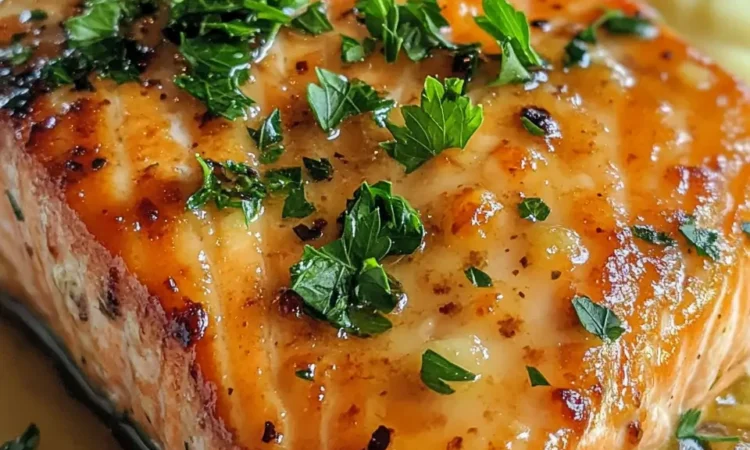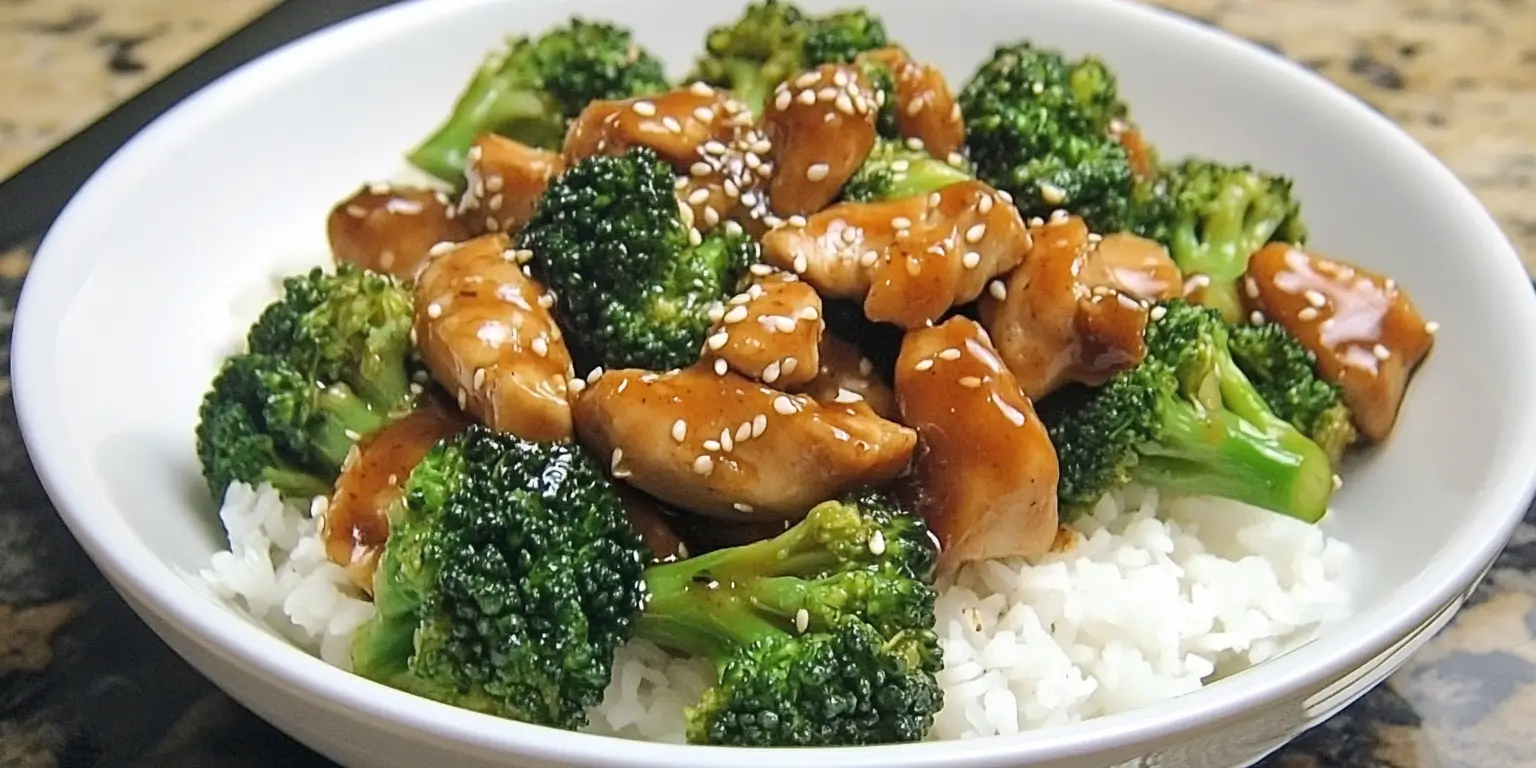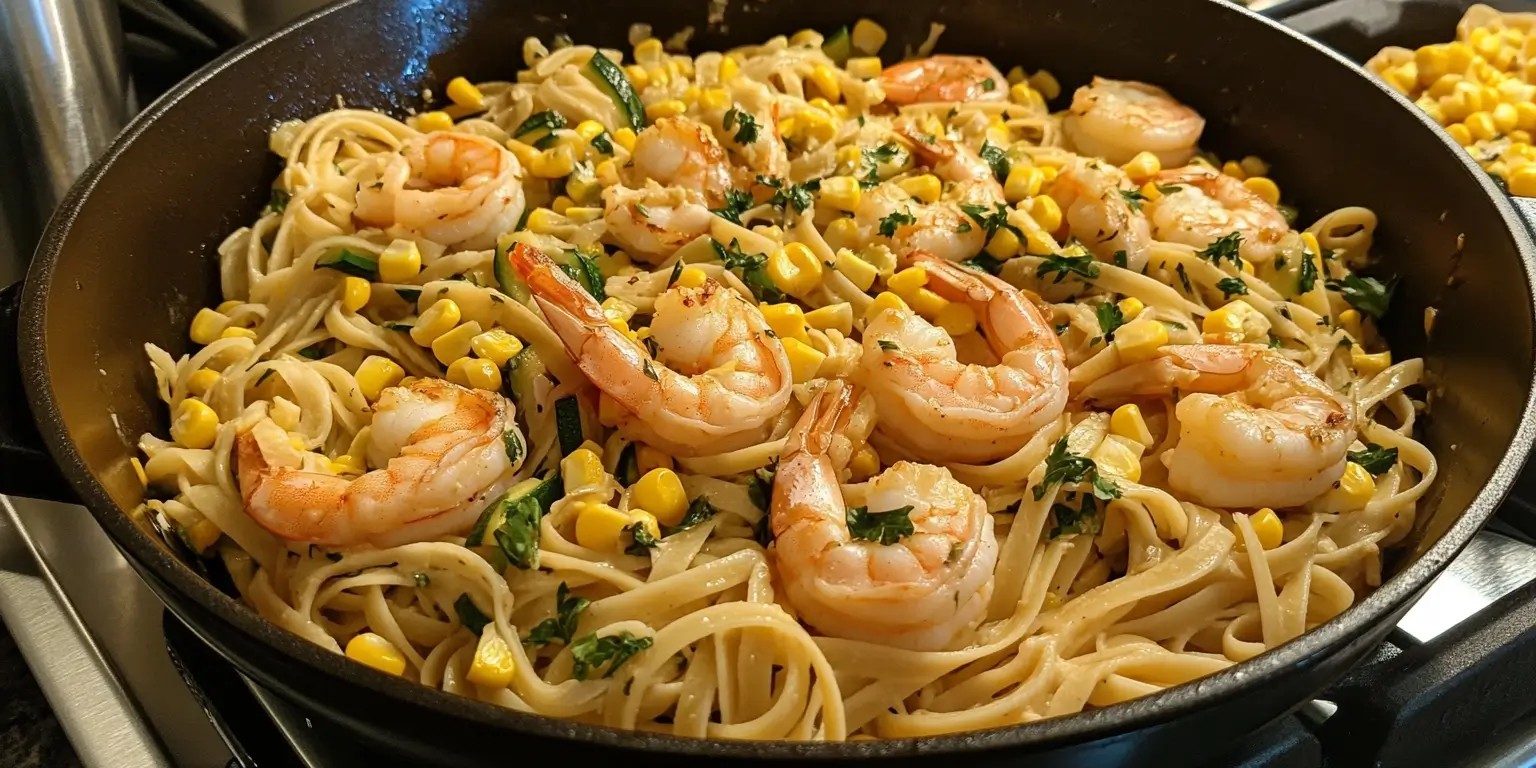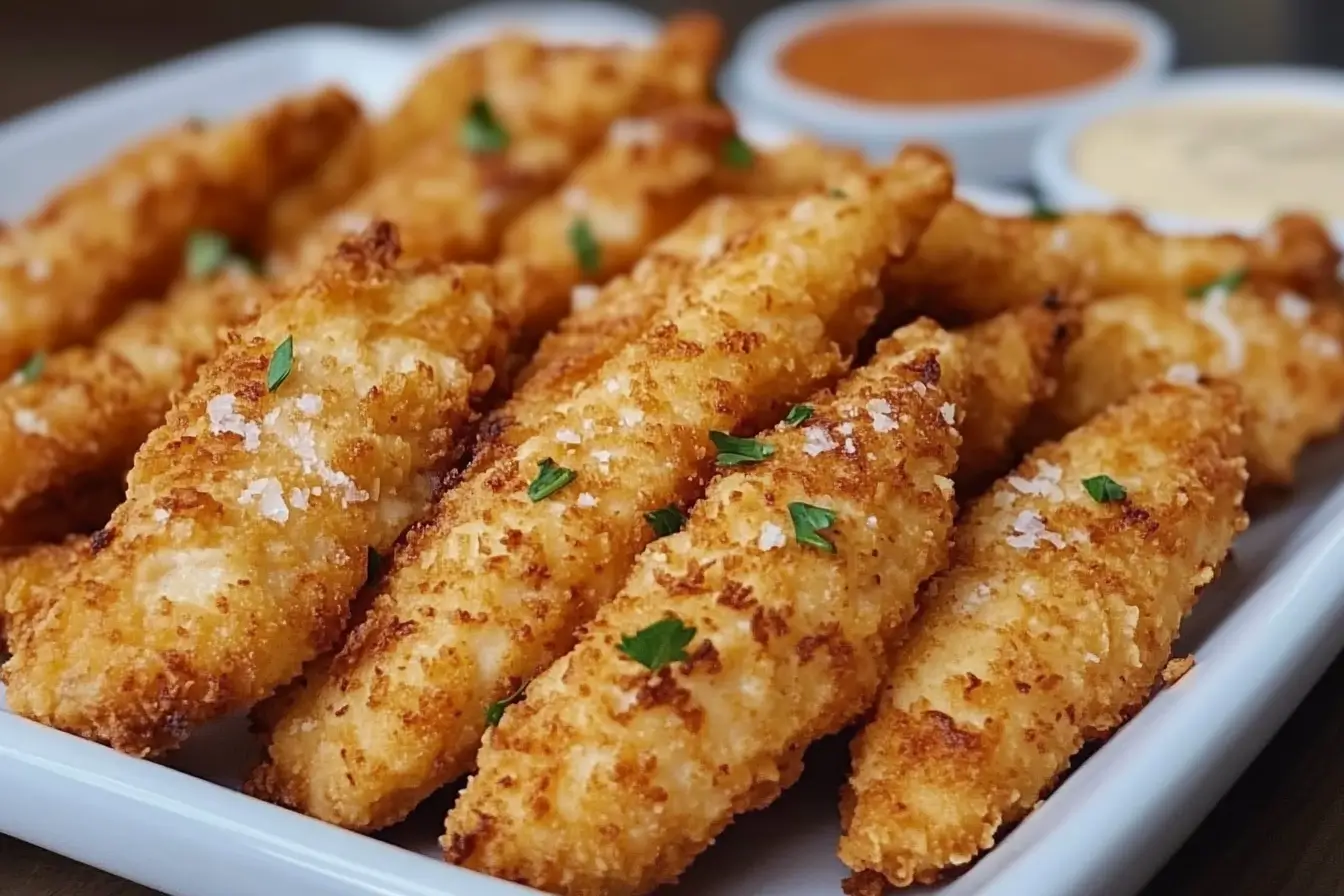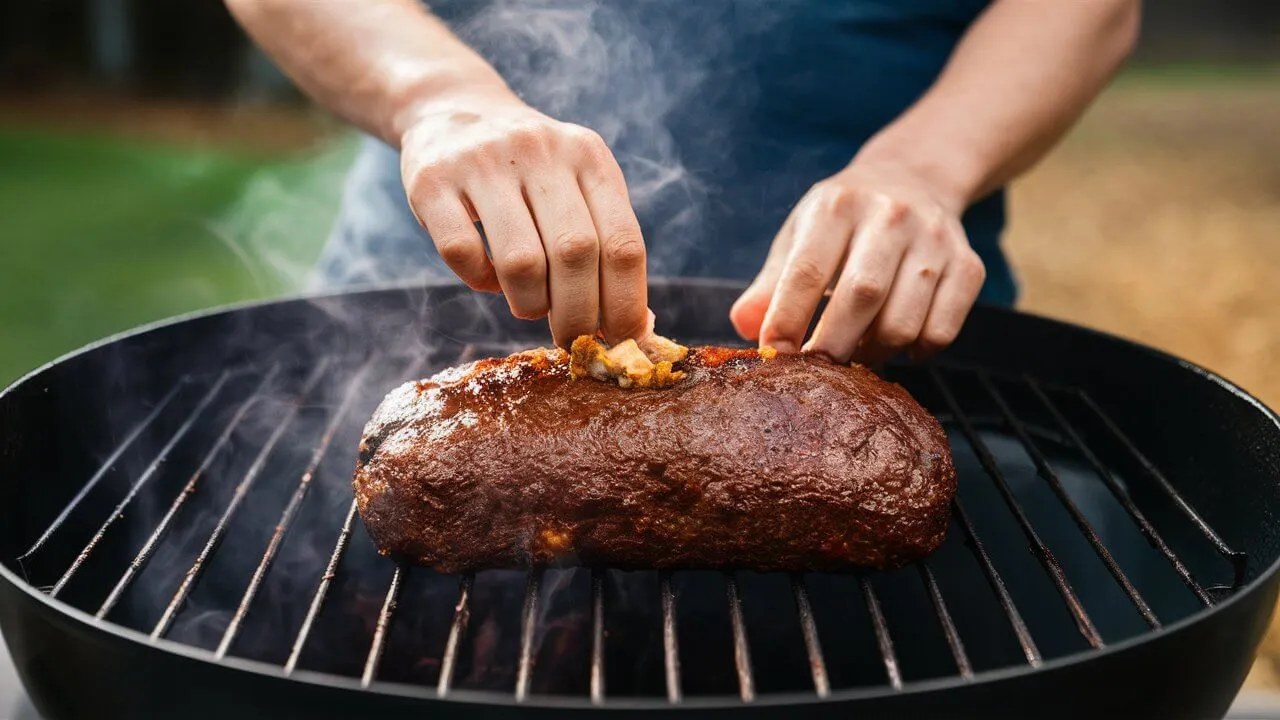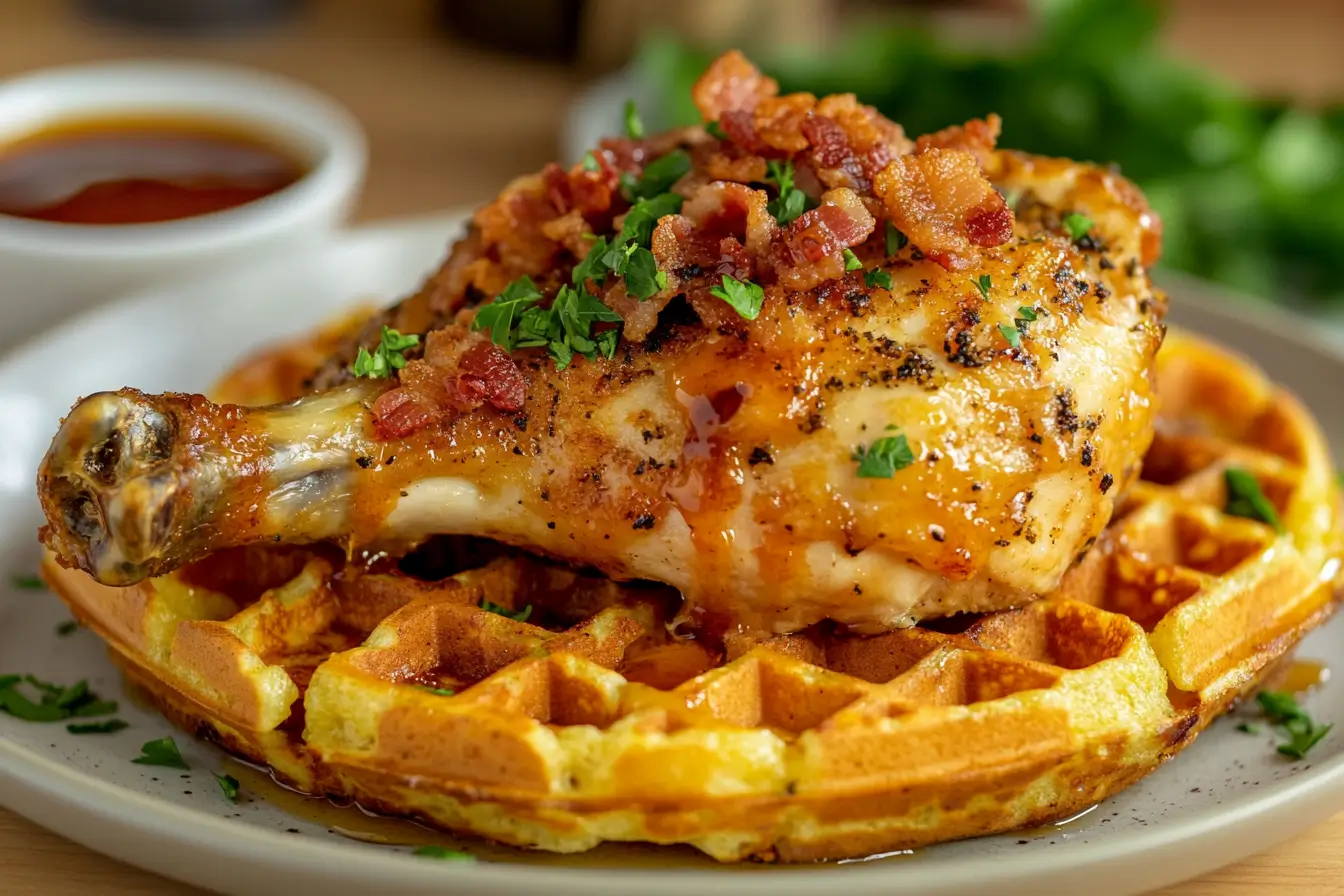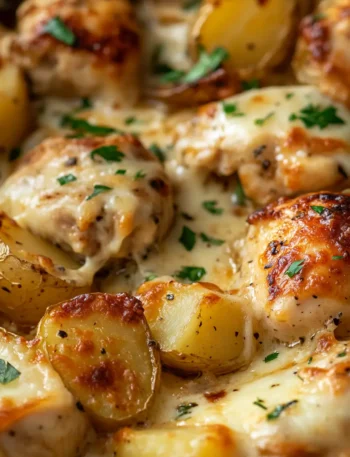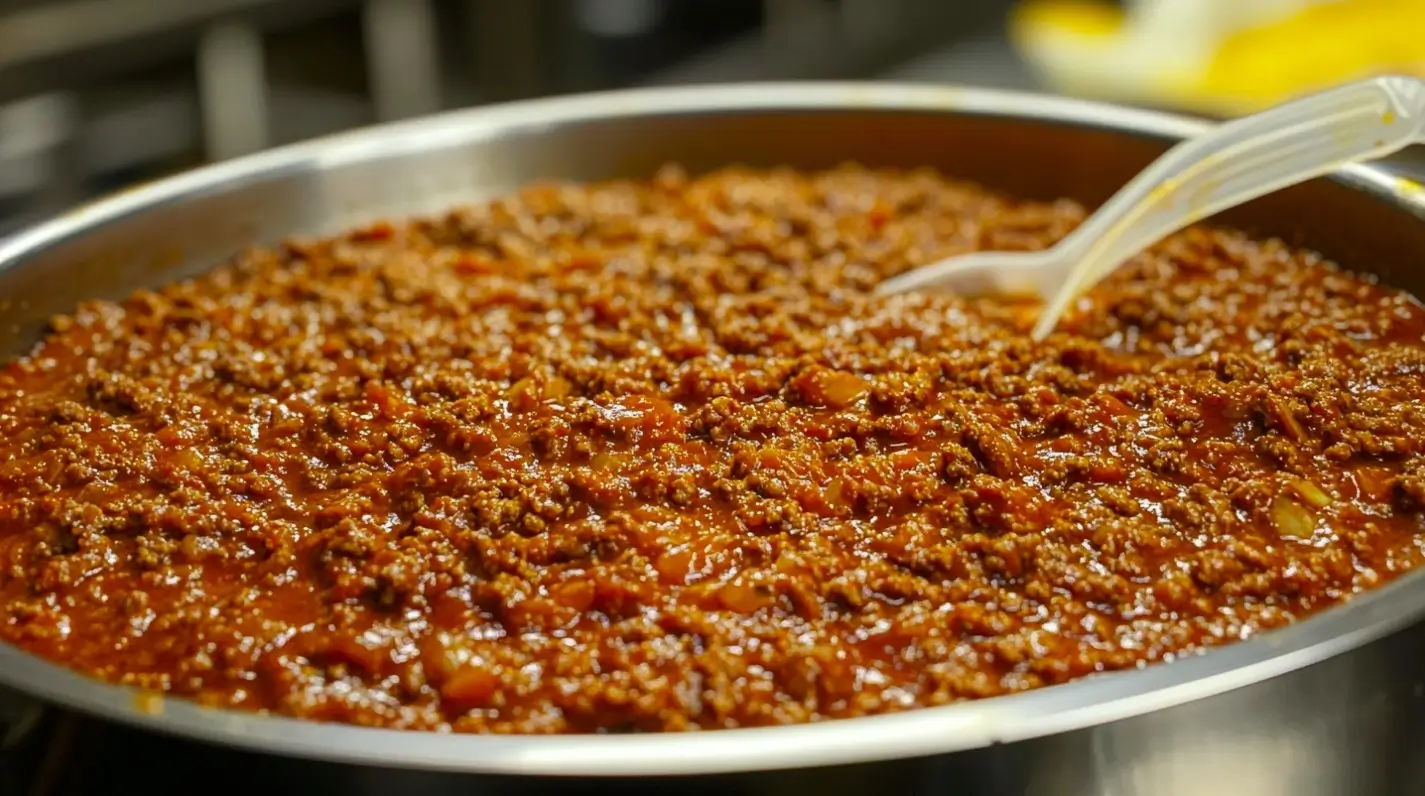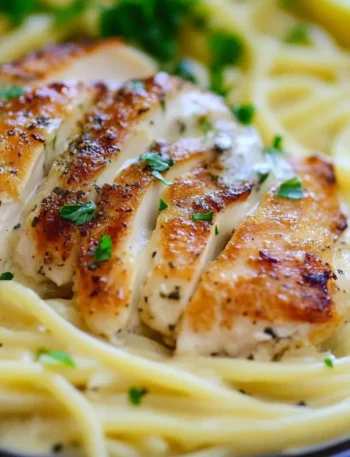If you’ve ever dined at Texas Roadhouse, you probably remember their savory, juicy baked salmon flaky inside, perfectly seasoned on the outside, and dripping with buttery goodness. This iconic dish has become a favorite for seafood lovers across the U.S. who crave restaurant-style flavor without the hefty price tag. In this ultimate guide, you’ll learn how to recreate that same crave-worthy salmon at home.
From the ingredients Texas Roadhouse uses, to cooking tips and healthy variations, this guide dives deep into every bite. You’ll discover what makes this salmon stand out, how to serve it right, and answers to common questions like “Is Texas Roadhouse salmon healthy?
What Is Texas Roadhouse-Style Baked Salmon?
Understanding the Signature Flavor of Texas Roadhouse Salmon
Texas Roadhouse’s baked salmon is known for its bold yet balanced flavors. Unlike many chain restaurant fish dishes, this salmon is seasoned with a house-made blend of spices and brushed with a garlic lemon butter glaze that caramelizes beautifully in the oven. The result is a fillet that’s buttery on the outside, moist on the inside, and infused with zesty, slightly smoky notes.
What sets it apart is the technique: the salmon isn’t just baked it’s oven-roasted at high heat to lock in juices and create a slight crust. This mimics the feel of a grill while keeping things clean and simple for home kitchens. The seasoning usually includes garlic powder, paprika, black pepper, lemon zest, and dried herbs.
Whether you’re after a weeknight dinner or a protein-packed seafood treat, this version checks all the boxes.
Why This Baked Salmon Is So Popular in American Kitchens
Americans love comfort food with a gourmet twist and that’s exactly what this salmon offers. It’s healthy but indulgent. It’s fancy enough to impress, but simple enough to cook on a Wednesday night. Plus, it pairs well with so many sides garlic mashed potatoes, steamed veggies, seasoned rice, or even cornbread.
Here’s why it’s become a staple in home kitchens:
- Fast cooking time: Ready in under 30 minutes.
- No advanced skills needed: Perfect for beginner cooks.
- Customizable flavor: You can dial up the spice or keep it mild.
- Family-friendly: Even picky eaters tend to love this dish.
Ingredients You’ll Need for Texas Roadhouse Baked Salmon
The Secret Marinade: A Closer Look at Herbs, Spices, and Oils
To capture the magic of Texas Roadhouse’s salmon, it starts with the marinade. It’s not overly complex, but each component plays a big role in how the final dish tastes. Here’s what you’ll need for the marinade and glaze:
| Ingredient | Purpose |
| Olive oil | Locks in moisture and adds richness |
| Lemon juice & zest | Brings acidity and brightness |
| Garlic (minced) | Adds pungent depth and savoriness |
| Paprika | Gives smoky warmth and subtle heat |
| Onion powder | Enhances flavor complexity |
| Dried parsley | Offers a mild herbal note |
| Black pepper | Adds mild heat |
| Kosher salt | Essential for balance |
| Honey or brown sugar | Optional: adds caramelization |
Optional Glaze Addition:
- Melted butter + garlic + parsley brushed over the salmon during the last 5 minutes of baking makes it even more authentic.
Marinade these ingredients together and let the salmon soak for at least 15–30 minutes before baking. It gives the fillet a deep flavor without overpowering the natural taste of the fish.
Choosing the Best Cut of Salmon for Baking
Not all salmon is created equal, especially when you want that restaurant-quality experience.
Here’s what to look for:
- Atlantic or King salmon: Known for their rich, buttery texture.
- Center-cut fillets: Cook evenly and retain moisture better than tail pieces.
- Skin-on fillets: Help protect the delicate flesh during baking, even if you don’t eat the skin.
- Fresh vs. Frozen: Frozen is fine just make sure it’s fully thawed and patted dry before marinating.
When shopping, avoid salmon with an overly fishy smell or mushy texture. Bright, firm flesh is what you want.
How to Make Texas Roadhouse-Style Baked Salmon at Home
Step-by-Step Preparation Instructions (With Baking Time & Temperature)
You don’t need a culinary degree to nail the Texas Roadhouse-Style Baked Salmon recipe. With a few simple steps and the right ingredients, you can serve up salmon that rivals the flavor and texture of Texas Roadhouse’s own.
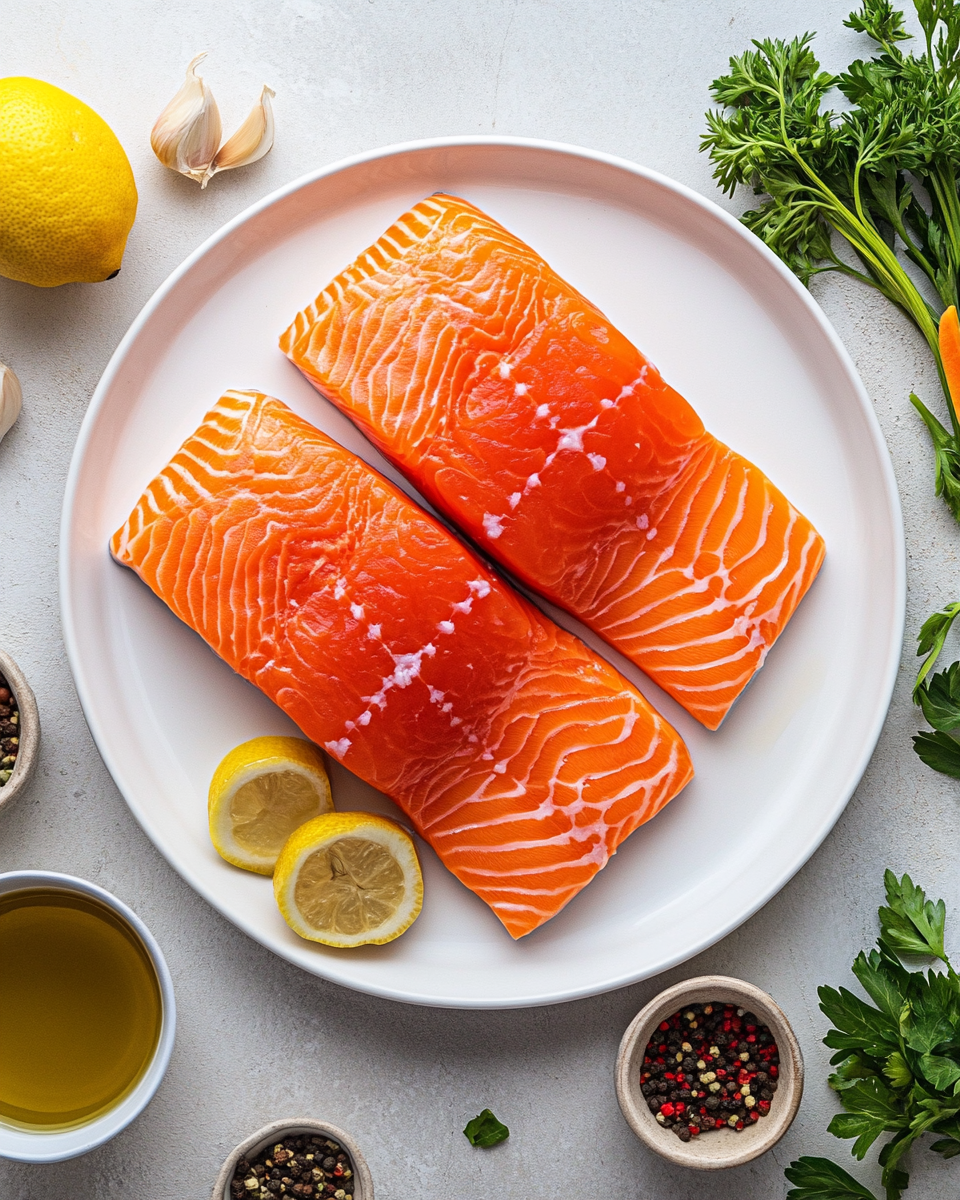
Here’s how to do it:
Ingredients
- 4 salmon fillets (6 oz each, skin-on preferred)
- 2 tbsp olive oil
- 2 tbsp lemon juice
- 1 tsp lemon zest
- 3 cloves garlic (minced)
- 1 tsp paprika
- 1 tsp onion powder
- 1 tsp dried parsley
- ½ tsp black pepper
- 1 tsp kosher salt
- 2 tbsp butter (for basting)
Directions
- Preheat your oven to 400°F (200°C)
This high-temp baking ensures a light crisp on the outside while locking in moisture. - Marinate the salmon
Put the salmon fillets in a shallow dish or zip lock bag and pour marinade over them. Let sit for 15–30 minutes. - Prepare your baking pan
Put a baking sheet with foil or parchment paper. Lightly grease it to prevent sticking. - Place salmon skin-side down
Arrange the fillets on the baking sheet. Pour any remaining marinade over the top. - Bake for 12–15 minutes
Cook the salmon until it’s tender and easily flakes with a fork, making sure the inside stays juicy. Aim for an internal temperature of 135–140°F. - Baste with garlic butter (optional but highly recommended)
In the last 3–5 minutes, melt 2 tbsp butter with 1 clove of garlic and brush it over the top of each fillet. - Rest and serve
Let the salmon rest for 5 minutes after baking. This helps juices redistribute.
Tips for Keeping the Salmon Moist and Flaky
- Use a meat thermometer to avoid guesswork.
- Don’t skip the marinade, especially the olive oil and lemon juice combo.
- Bake uncovered for a caramelized crust. Covering with foil will steam rather than roast.
- Let it rest after cooking to lock in juices.
- Don’t overcrowd the baking sheet. Give each fillet room to breathe and cook evenly.
For a low-effort dinner idea that also delivers big on flavor, check out Crockpot Ravioli Lasagna.
What Makes This Baked Salmon Taste Like Texas Roadhouse?
Seasoning Secrets and Cooking Techniques That Mimic the Restaurant Flavor
The flavor that defines Texas Roadhouse’s salmon isn’t just about what you put on the fish it’s how you cook it. While the restaurant may not reveal every ingredient in their spice mix, fans and culinary sleuths have cracked the code enough to replicate it at home.
Here’s what makes the difference:
Signature Seasoning Blend
The bold yet balanced spice combo is key. Here’s what typically goes in:
- Paprika – Adds a subtle smoky depth and color.
- Garlic powder & onion powder – Build savory umami base.
- Black pepper & kosher salt – Essential for flavor balance.
- Parsley flakes – Brings a fresh, herby lift.
- Lemon zest – Provides brightness without overpowering.
You can blend this dry and sprinkle it, or mix it into a marinade with olive oil and lemon juice.
Restaurant-Style Baking
Texas Roadhouse achieves a slightly seared, caramelized outer layer almost like grilling, but from the oven. To recreate that:
- High-temperature roasting (400°F) helps develop light browning.
- Minimal bake time keeps the inside tender.
- Butter basting right before finishing locks in flavor and gives that melt-in-your-mouth texture.
Want a crispier finish? Broil for 2–3 minutes after baking to add golden edges without drying out the fish.
Texas Roadhouse’s Butter Sauce and How to Recreate It
One of the most loved parts of Texas Roadhouse’s salmon is the garlic lemon butter they brush over the top right before serving. It’s rich but sharp, mellow yet vibrant.
Here’s a quick butter sauce copycat recipe:
Texas Roadhouse-Style Garlic Lemon Butter
| Ingredient | Amount |
| Salted butter | 3 tbsp |
| Minced garlic | 2 cloves |
| Fresh lemon juice | 1 tbsp |
| Lemon zest | ½ tsp |
| Fresh parsley | 1 tbsp chopped |
How to make it:
- Melt butter over low heat.
- Add garlic and let it simmer gently for 1–2 minutes (don’t brown it).
- Stir in lemon juice, zest, and parsley.
- Brush generously over the salmon after baking.
This butter glaze is what elevates the dish from good to unforgettable.
Nutrition Facts: Is Texas Roadhouse Baked Salmon Healthy?
Caloric Breakdown and Macronutrients
Texas Roadhouse-style baked salmon doesn’t just taste amazing it also fits into many healthy diets. Let’s take a closer look at the nutritional profile of a typical 6-ounce fillet, seasoned and baked Texas Roadhouse-style.
| Nutrient | Amount per 6 oz Fillet |
| Calories | ~350–400 kcal |
| Protein | 34g–38g |
| Total Fat | 20g–22g |
| Saturated Fat | 5g–6g |
| Carbohydrates | 2g–5g (from glaze/marinade) |
| Omega-3s | 1,200–1,800 mg |
| Sodium | 400–600 mg (varies by seasoning) |
Most of the calories come from healthy fats and protein, making it an excellent choice for low-carb, keto, Mediterranean, and balanced diets.
The butter glaze adds some saturated fat, but it’s minimal when used lightly. The real nutritional power comes from the omega-3 fatty acids found in salmon great for heart, brain, and skin health.
Comparing Baked vs Fried Salmon for Health Benefits
There’s no debate baked salmon is the healthier choice over fried.
| Category | Baked Salmon | Fried Salmon |
| Cooking Method | Dry heat, less oil | Submerged in oil |
| Calories | Lower (~350–400 kcal) | Higher (~500–600+ kcal) |
| Fat Content | Balanced, omega-rich fats | More saturated/trans fats |
| Retained Nutrients | Higher | Lower (heat-sensitive loss) |
| Heart Health | Excellent | Less favorable |
Baking preserves nutrients, minimizes added fats, and gives you more control over what goes on your plate. That’s why baked salmon especially Texas Roadhouse-style is a go-to option for folks watching their waistline without sacrificing flavor.
Serving Suggestions and Side Dishes
Perfect Pairings: Vegetables, Rice, or Garlic Mashed Potatoes?
When it comes to plating your Texas Roadhouse-style baked salmon, the right sides can take your meal from tasty to totally unforgettable. Here are a few classic and creative options that complement the dish beautifully:
Classic Side Ideas (Texas Roadhouse Inspired)
| Side Dish | Why It Works |
| Garlic Mashed Potatoes | Creamy texture balances the flaky salmon perfectly |
| Seasoned Rice Pilaf | Absorbs the lemon butter glaze and adds satisfying bulk |
| Steamed Broccoli | Adds crunch and color, plus it’s light and nutrient-dense |
| Buttered Corn | Sweet and savory, a signature Texas Roadhouse pairing |
| Caesar Salad | Crisp, creamy, and tangy pairs well with buttery salmon |
Creative Home Variations
- Roasted asparagus with parmesan – Adds elegance and a nutty crunch
- Sweet potato mash – A healthier twist on mashed potatoes
- Quinoa or wild rice – Ideal for gluten-free and high-protein meals
- Grilled zucchini and squash – Earthy, charred flavors work great with lemon
No matter your choice, be sure to drizzle extra lemon butter on the side for dipping or spreading over the veggies.
Texas Roadhouse-Style Presentation Tips for the Table
Presentation doesn’t need to be complicated, but the little things matter especially if you’re aiming to mimic the restaurant experience at home.
Here’s how to present like a pro:
- Use a wooden board or white plate to showcase the vibrant salmon color
- Place the salmon slightly overlapping a bed of rice or mashed potatoes
- Arrange the vegetables in a neat arc beside the fish
- Drizzle extra glaze in a circular motion for a gourmet touch
- Add a lemon wedge and a sprinkle of fresh parsley for color
Common Mistakes to Avoid When Baking Salmon
Overcooking and Undersalting: What Ruins Flavor
Even the best ingredients won’t save a salmon fillet if it’s cooked wrong. Baking salmon can seem simple but one small misstep can lead to a dry, bland mess. Here’s what to avoid:
Overcooking
This is by far the most common error. Baked too long, salmon loses its moisture and turns chalky.
- Fix: Use a meat thermometer and pull the fish at 135–140°F internal temp. Resting will carry it to perfect doneness.
- Visual tip: Look for opaque flesh that flakes easily with a fork.
Undersalting
Salmon has a delicate flavor that needs enhancement. Light seasoning makes it taste flat.
- Fix: Season both sides of the fillet and use a balanced marinade. Don’t forget kosher salt, fine salt doesn’t spread flavor as well.
Using Too Much Glaze Too Early
Brushing on butter or sugar-based sauces too early can cause them to burn in the oven.
- Fix: Add glazes in the last 3–5 minutes of baking, or right after for a glossy, fresh finish.
How to Fix Dry or Bland Salmon After Baking
Already overcooked it? Don’t worry, you can still save dinner.
Quick Fixes for Dry Salmon
- Drizzle lemon-butter sauce generously over the top
- Serve with a rich, creamy side like mashed potatoes or a dill yogurt sauce
- Flake it and use in tacos or salad where texture matters less
Rescue Bland Salmon
- Sprinkle extra salt, garlic powder, or smoked paprika while it’s still hot
- Add a squeeze of fresh lemon or a dollop of herb butter
Sometimes it’s not a matter of rescue it’s a lesson for next time. Practice and attention to detail go a long way.
Expert Tips to Elevate Your Salmon Baking Skills
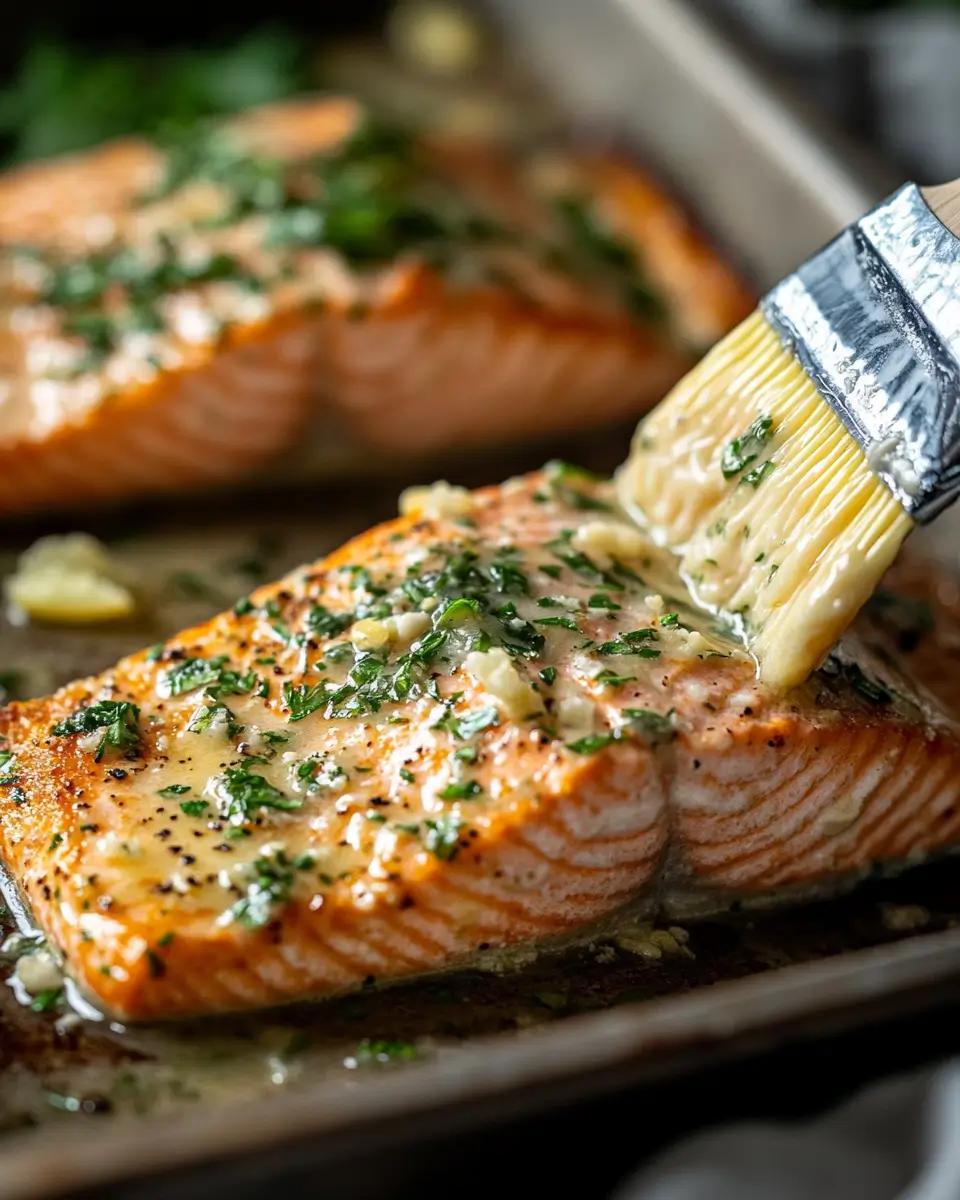
Using Foil, Broiling, or Cast Iron for a Perfect Crust
Once you’ve mastered the basics, small adjustments in your technique can turn a great salmon dish into an unforgettable one. Whether you’re looking for crisp edges, deeper flavor, or pro-level presentation, these tools and methods will level up your game.
Foil for Juiciness
- Baking your salmon in foil packets creates steam, keeping the fish ultra-moist.
- Great for adding aromatics (like lemon slices, herbs, or garlic) that infuse the fillet as it cooks.
- Pro tip: Open the foil for the last 3–4 minutes and broil briefly to brown the top.
Broil for Caramelization
- Broiling adds color and a light crust, mimicking the slight char from a grill.
- Do this in the final 2–3 minutes of cooking, but watch closely to prevent burning.
- Brush with butter or glaze before broiling for that restaurant-style sheen.
Cast Iron for Restaurant Results
- Want that sizzling, seared edge on your salmon? Preheat a cast iron pan in the oven or on the stove.
- It distributes heat evenly and helps achieve a crisp exterior without overcooking the inside.
Try combining foil and cast iron: bake in foil for 10 minutes, then finish on hot cast iron for 3 minutes uncovered.
Kitchen Tools That Make Baked Salmon Better
You don’t need fancy gear, but a few smart tools can make a big difference:
| Tool | Why It Helps |
| Meat thermometer | Prevents overcooking; pull at 135°F, rest to 145°F |
| Silicone brush | Perfect for evenly glazing butter or marinades |
| Cast iron pan | Adds pro-level crispness and sear |
| Zester or microplane | Gets flavorful oils from lemon without bitterness |
| Baking rack | Elevates salmon, allowing heat to circulate all around |
Small upgrades in technique can yield big rewards in flavor, texture, and presentation.
For a different texture adventure, check out The Best Crispy Ranch Parmesan Chicken Strips.
FAQs About Texas Roadhouse-Style Baked Salmon
What does Texas Roadhouse-Style Baked Salmon put on their salmon?
Texas Roadhouse-Style Baked Salmon uses a flavorful blend of herbs and spices, likely including paprika, garlic powder, black pepper, and lemon zest. The salmon is brushed with a rich garlic lemon butter glaze just before or after baking to lock in moisture and add a shiny, buttery finish. This signature glaze is what gives their salmon its distinctive zesty and savory flavor.
Where does Texas Roadhouse-Style Baked Salmon get their salmon from?
While Texas Roadhouse doesn’t officially disclose their exact suppliers, most locations source Atlantic salmon that’s farm-raised and sustainably managed. These fillets are vacuum-sealed and shipped fresh to maintain quality. The uniform size and fat content of Atlantic salmon make it ideal for consistent restaurant cooking.
Is Texas Roadhouse-Style Baked Salmon healthy?
Yes, Texas Roadhouse-Style Baked Salmon is a solid choice! A single 6-ounce fillet offers over 35 grams of protein and a generous dose of heart-healthy omega-3 fatty acids. It’s typically baked, not fried, which keeps the calorie and fat content lower especially if you go easy on the butter glaze. It fits well into low-carb, keto, and high-protein diets.
Is salmon better fried or baked?
From a health perspective, baked is better. Baking preserves the healthy fats in salmon without adding unnecessary calories from oil. It also keeps the fish tender while allowing more natural flavor to shine through. Frying may create a crispier texture, but it often adds saturated fats and can dry out the fish if not carefully monitored.
What is the tastiest way to cook salmon?
The tastiest (and healthiest) method is oven-baking with a lemon butter glaze. Baking brings out the fish’s natural richness and allows seasonings to develop without overpowering. For extra texture, finish it under the broiler or sear briefly in cast iron. A drizzle of butter and fresh herbs at the end enhances every bite.
Is baked fish healthier than fried?
Absolutely. Baked fish, especially salmon, retains more nutrients like omega-3s, vitamin D, and protein. Frying increases calories and introduces trans fats, especially if the oil isn’t fresh or the temperature isn’t well controlled. Baking avoids these issues, making it the preferred method for health-conscious meals.
Recreating Texas Roadhouse-Style Baked Salmon at home is more than just a kitchen win; it’s an experience in flavor, texture, and satisfaction. This easy-to-follow Texas Roadhouse-Style Baked Salmon recipe brings all the restaurant-style flavor without the cost or effort. You’ll enjoy flaky, tender salmon with a garlic-lemon butter glaze that hits every note: savory, zesty, and deeply comforting.
Whether you’re looking to eat healthier, impress dinner guests, or just serve a better weeknight meal, this Texas Roadhouse-Style Baked Salmon delivers. It’s packed with omega-3s, easy to prepare, and far more delicious than any store-bought frozen fillet. With the right seasoning, a hot oven, and a brush of buttery glaze, you’ll have a dish that competes with your favorite dine-in experience.
Serve this perfect Texas Roadhouse-Style Baked Salmon with mashed potatoes, roasted veggies, or a crisp side salad; either way, it’ll be a hit.

